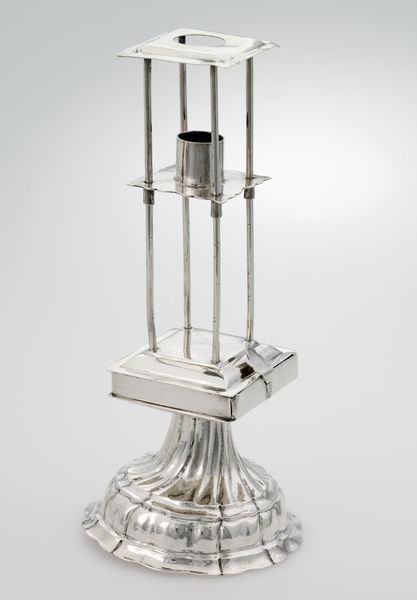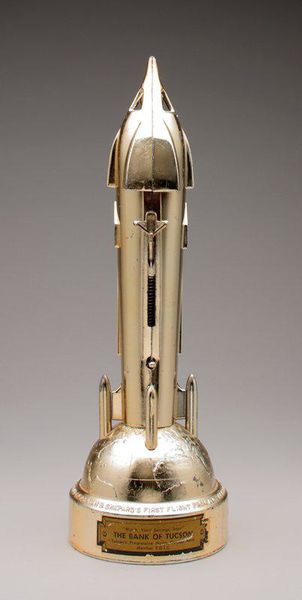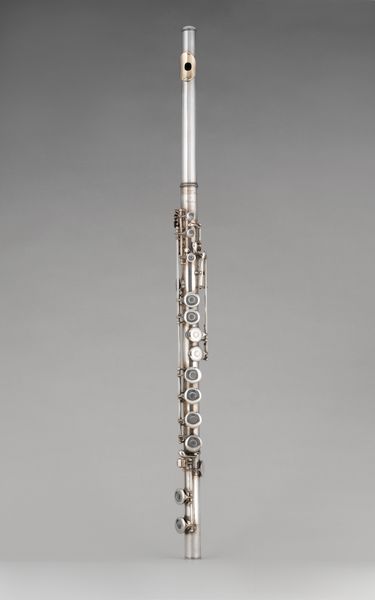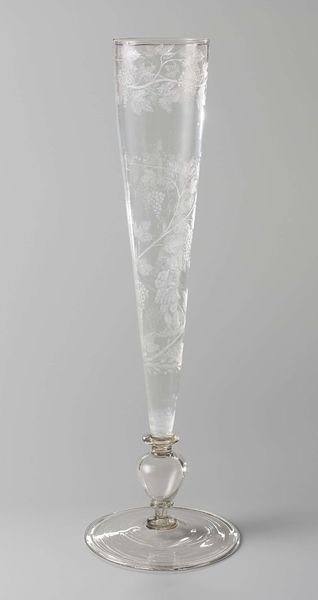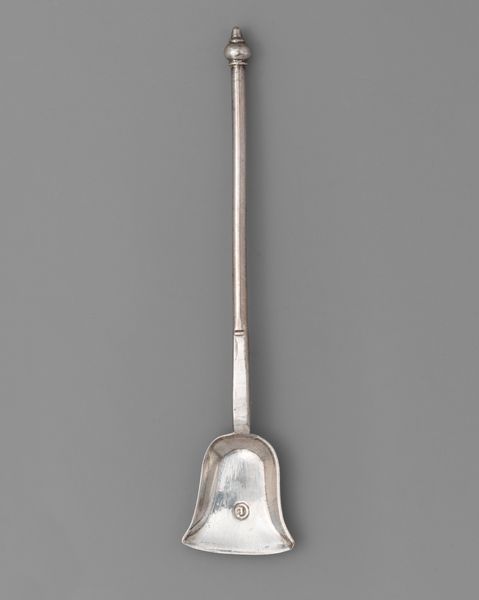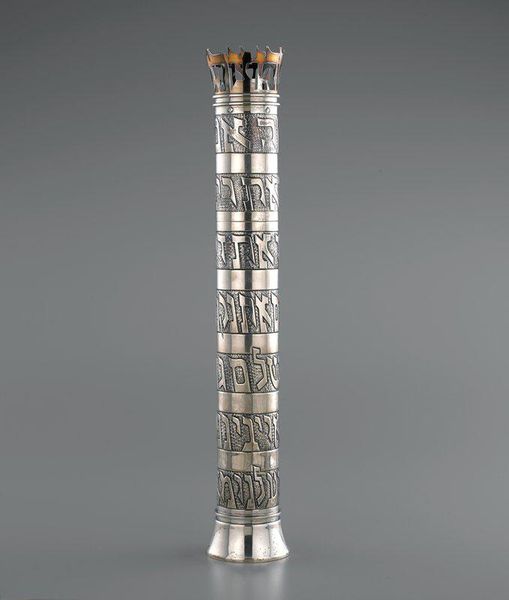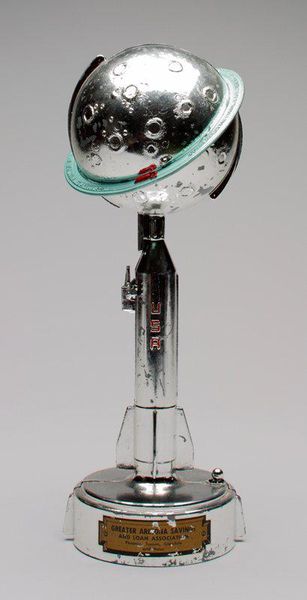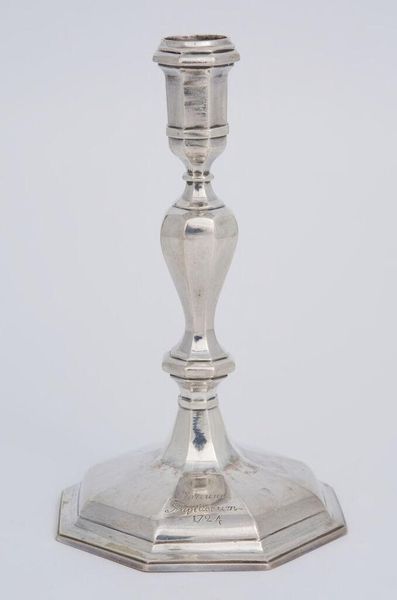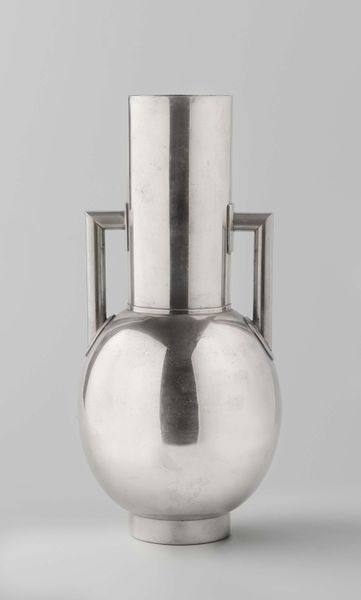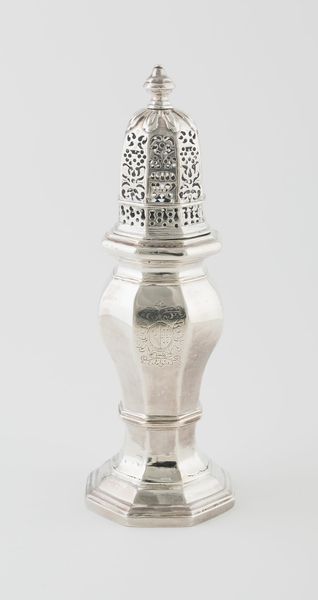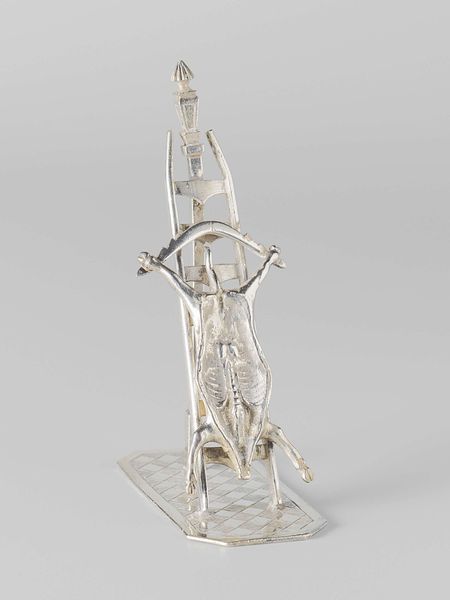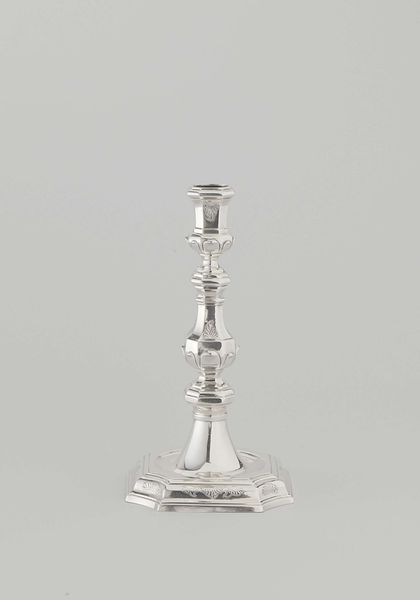
metal, glass
#
baroque
#
metal
#
glass
#
decorative-art
Dimensions: height 39.9 cm, width 7.7 cm, depth 9.9 cm
Copyright: Rijks Museum: Open Domain
Curator: This captivating object is known as the Windmill glass, a striking example of decorative art from between 1595 and 1685. Crafted from both glass and metal, this intriguing piece resides here at the Rijksmuseum. Editor: My first impression is one of whimsy combined with luxury. It feels like a fantastical object from a fairy tale, somehow grounded by the sheer artistry of the metalwork. There is something almost cartoonish and fragile in equal measure about the way the delicate windmill seems perched atop that clear, almost ethereal, glass cone. Curator: Indeed, the piece reflects the social values and artistic trends prevalent during its time. Drinking glasses during this era were often ornate, serving not only a practical function but also as displays of wealth and status within a rapidly expanding merchant class. This piece, especially, reflects a rising pride in the Netherlands with the image of a functional, and common, windmill presented so proudly. Editor: Absolutely, the choice of a windmill as the prominent motif speaks volumes about Dutch identity, right? It's this potent symbol of ingenuity and labor transforming into a marker of leisure. What kind of social functions might these types of vessels have been intended for? Curator: We can speculate they would've been show pieces to accompany celebratory feasts, signs of conspicuous consumption alongside social mobility in the era. Perhaps made for a merchant family looking to announce their new status and wealth? Editor: And looking closely, there's subtle detailing etched into the glass itself— tiny figurative drawings— tell me more about what we can glean from those decorative additions, which are quite faint. Curator: It's harder to be certain of what to extract from that; these motifs range from the celebratory to simple decorative pastoral scenes. But there’s an interplay between transparency and adornment that emphasizes craftsmanship while still keeping functionality in mind. Editor: Which pushes back on notions of fine and applied arts. Objects like these show an elite commissioning the labor of glassmakers and metalworkers into everyday, and incredibly bourgeois, cultural productions. Curator: Exactly, these aren’t merely functional objects, they're cultural artifacts, embodiments of values and beliefs, solidified in glass and metal. It’s a history lesson encapsulated in a drinking vessel. Editor: Looking at it again, I am left thinking about the Dutch's mastery of trade routes, and the relationship between those dynamics and these ostentatious, playful symbols of everyday life. Curator: Indeed, food for thought elegantly presented!
Comments
rijksmuseum about 2 years ago
⋮
The glass is ornamented with the coats of arms of Prince Maurice and of the town of Bergen op Zoom. Maurice considered himself to be the Marquis of Bergen op Zoom after he was granted the town and its surroundings as a fief from the States-General in 1585.
Join the conversation
Join millions of artists and users on Artera today and experience the ultimate creative platform.
